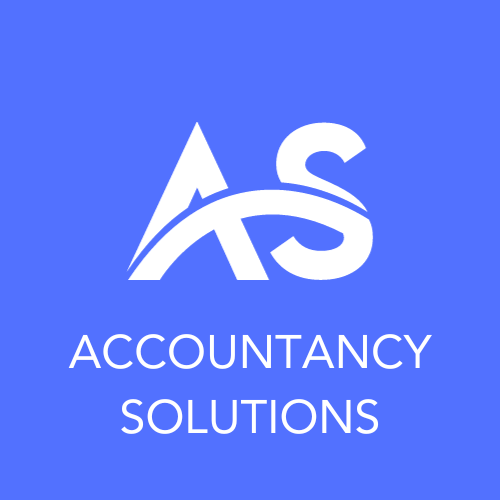Self-employed individuals currently account for 15% of the UK’s workforce and shockingly, only 31% are making savings into a personal pension. When you work for an employer, they automatically provide eligible employees with a workplace pension to supplement retirement savings, but when you’re self-employed you have to set it up yourself, so it can easily slip your mind.
If you’re thinking about setting up your pension, you may be wondering if there’s self-employed pension contributions tax relief available. Keep reading to find out all you need to know about pension options for self-employed individuals.
Am I entitled to state pension if I’m self-employed?
Yes, self-employed individuals are entitled to the state pension. For those reaching state pension age from 6th April 2016, how much you get will be based on your National Insurance Record. Typically, you’ll need 10 qualifying years on your NI record to get any state pension and at least 35 qualifying years to get the full amount. You can use the GOV.UK online tool to get your current state pension forecast.
How much is the state pension?
For the current tax year: 2021/2022, the full state pension is £179.80 per week.
If you’ve worked for someone else in the past, you might also be able to get additional state pension under the old system. However, if you were contracted out of the additional state pension, you might get less, even with a full NI record.
Self-employed pension tax relief
You can get tax relief on any sole trader pension contributions you make to your personal pension fund up to £40,000 a year. For example, if you’re a basic rate taxpayer, for every £100 you pay in, the government will add £25. If you pay the higher rate of 40%, you can claim an additional £25 through your tax return for every £100 you pay in.
Pension options for self-employed
Where the state pension is a good source of income, it’s highly likely that it’ll need supplementing to allow you to maintain a good standard of living. It’s important for you to plan how you intend to provide yourself with enough money for retirement as soon as possible.
Most self-employed individuals choose to get a personal pension for retirement savings (also known as a private pension). These give you the freedom to choose how you want your savings to be invested from a selection of funds available from the provider. The provider will apply for any tax relief on your behalf at the basic rate of tax and add to your savings, so it’s hassle free.
There are currently three types of personal pension:
- Ordinary personal pension: these are offered by most large providers
- Stakeholder pensions: subject to a cap on their charges
- Self-invested personal pensions: these offer a wider range of investment options
Another option is NEST (National Employment Savings Trust) which is set up by the government. This is a trust set up exclusively for the members benefit and it has no shareholders or owners.
How much is the annual allowance?
You can save as much as you want into your personal pension, but there is a limit on how much you can get for the purposes of self-employed pension contribution tax relief. You can pay up to £40,000 each year, but if you put in more you may receive a tax charge which takes back any tax relief that was given initially. If you’re a high earner, your annual allowance may reduce, this is known as tapered annual allowance. If you have unused allowances in previous tax years (up to 3) you can contribute more to your annual allowance and still get tax relief as this is referred to as carry forward.
That’s our guide to self-employed saving for retirement! One important thing to remember with your pension is that the earlier you begin to save, the better. This allows you more time to contribute, benefit from the tax relief and take advantage of interest rates.
Looking for more tax advice? Check out our guide on claiming sick pay when you’re self-employed, next.

